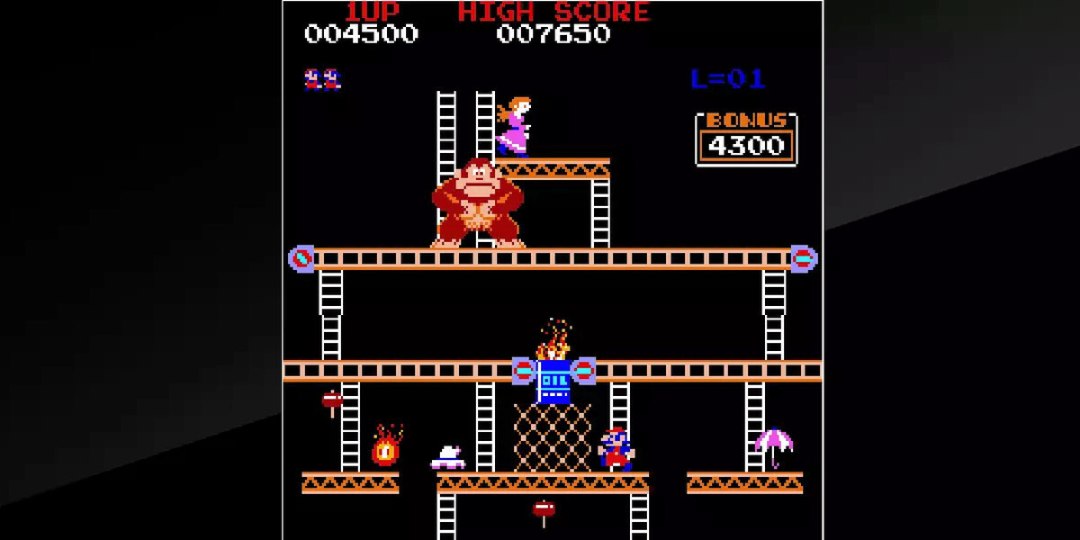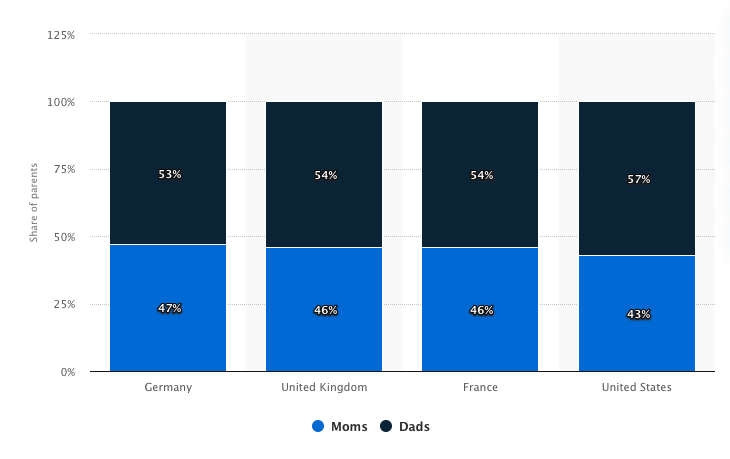The gaming audience is enormous, incredibly diverse, and made up of people of all different ages and backgrounds. It's time to rethink the video gamer profile, writes Anzu.io's Amman Kainth
When you think about the profile of a modern-day video gamer, depending on who you ask, you will often get a different response. We’re currently situated at a unique point on the video game timeline, with people of all ages having experienced video games in very different ways.
The video game timeline
Smartphones are now everywhere, games consoles have joined TVs to become a staple piece of any living room, tablets have become go-to tools for parents keen on distracting their kids and PCs are integral to work, play and schooling. With all these devices prominent throughout children’s lives and gaming dominating them all, it’s now almost impossible to grow up having not experienced video games in some way.
Rewind just 50 years, video games were in their infancy and not widely available. If you wanted to play, you had to take a trip to the nearest arcade, pocket money in hand and wait in line just to grab five minutes of gameplay on the latest machines.
We’re living at a time where the gaming scene is extremely diverse. There are those who casually jump into a mobile game but would not class themselves as gamers, and those whose lifestyles, social lives, careers and identities are shaped and formed by the video games they play.
Changes within generations
People’s experiences of games do not only change between generations but within them, with people of the same age often having had very different experiences. If we look at the 55-64-year-old bracket, some have never played video games, some have grown up gaming and some have taken up gaming as they’ve gotten older.
David Sable, former Global CEO of Y&R, one of the world’s leading global marketing communications companies, said: “As a long-term gamer, I’ve seen the medium go through many stages. When I was younger, gaming was often seen as taboo, something that wasn’t fit for dinner table talk. Although many of my friends were gamers, we didn’t speak about it outside of our circles. As a result, it was often seen as ‘geeky’ to be a gamer. It certainly wasn’t something that people considered cool.
“Covid certainly helped shift the mindset that people had of gamers only being young teenagers, which is a view that has always baffled me as I’ve always known gamers to be of all different ages, including grey-haired ladies and gentlemen like me! Advertisers need to understand this. Otherwise, they risk missing out on a huge chunk of their audience who are engaged and spending a lot of time within these virtual worlds.”

New data from Global Web Index suggests that more 55-64-year-olds are playing games than ever before. According to the study, gamers in this age bracket grew by a third from 2018 to 2021 and 24% of grandparents and parents noted they view gaming with their relatives as “family time".
There have also been several initiatives launched recently, including one from Microsoft, aimed at getting older people into gaming after research showed video games could have positive effects on long-term and short-term memory, cognitive reflexes and concentration. In another study, volunteers between the ages of 55 and 75 spent half an hour playing Super Mario 64 every day for six months. At the end of the study, the volunteers had better short-term memory and more grey matter. Research like this has helped contribute to a growing number of older games or ‘grey gamers’, as they are increasingly known.
Grey gamers are also playing competitively, partaking in esports and inspiring others their age to give gaming a go. One such team, The Silver Snipers, are a group of professional 'Counter-Strike: Global Offensive' players whose aim is to ‘show that age is just a number.’ The team members are all over 65 and have embarked on several world tours, competing against other professional teams - showing that it’s never too late to become a pro-gamer.
55+ audiences are not alone in their uptake of gaming activities, especially during the pandemic. All age demographics are now picking up games, with Ofcom's recently released figures showing that 62% of UK adults played some form of video game in 2020, with an uptick across all age groups driven by casual gaming on mobile phones. It’s important to know that people of all ages play video games and just because your grandparents or even parents might not play them, others in the same age demographic do!
Parent gamers
Your parents may not have been gamers when you were younger but as people who grew up with games in the 80s and 90s are now at an age where they are having kids, the parent gamer group is becoming an increasingly important target for games companies. These gamers are not only playing games in their spare time to relax but they are also playing with their kids, with research showing that 67% of parents play video games with their children at least once a week.
Multiplayer games that are easy to pick up - like Roblox and Minecraft - are increasingly attractive to parents and kids, who can play these games together on a joint console. Once the kids have gone to bed, these parents are then moving on to games better aimed at them. Hyper casual snackable mobile games also attract parents with younger kids who are playing them during short downtime periods. It’s also important to note here that both mothers and fathers are gaming. Contrary to the perception that people still have of gamers, women make up a considerable proportion of the world’s gaming audience.

According to a recent report from Activision, gamer mums account for the majority of all moms.
In the four markets they surveyed, over two-thirds of mums reported engagement with video games, playing across mobile, tablet, console and PC. They also found that over 90% of gamer mums play mobile games at least weekly and about 74% play mobile games daily.
Gaming continues to permeate many aspects of our society. As generations of gamers get older and children grow up in an age where video games are increasingly being made available to everyone, no matter what device you own, the stereotypes currently associated with gamers will inevitably disappear. Just as you wouldn’t label someone an internet surfer or a Facebook user, the term gamer will go - along with the idea that a gamer is someone of a specific gender, background, culture, or age.
As an advertiser, it is important to understand that the gaming audience is enormous and incredibly diverse, made up of people of all different ages and backgrounds. Brands must incorporate this channel into their marketing strategy and take it seriously if they want to stay relevant and continue reaching an audience that is increasingly spending much of their spare time within virtual gaming worlds.
This article is the first in a new series from Anzu, launched to help people understand just how diverse the gaming audience is. Future posts will focus on gender and identity, culture and race, location and socio-economic background.
Posted on: Thursday 19 August 2021